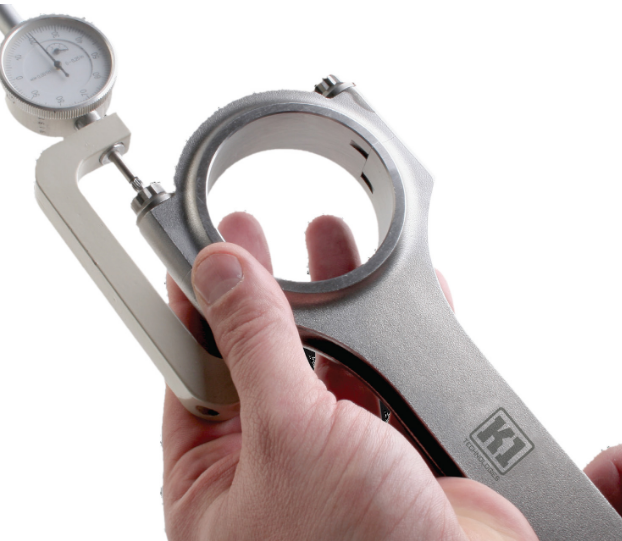Measuring connecting rod bearings is an essential skill in engine maintenance and performance enhancement. With accurate measurements, you can ensure efficient lubrication, reduce engine wear, and enhance overall engine health. This guide will take you through the process of measuring connecting rod bearings, the tools required, and the relevance of these measurements for your engine.
Diving Deeper into the Role of Connecting Rod Bearings
Connecting rod bearings have a crucial role in any engine. They serve as a pivotal contact point between the connecting rod and the crankshaft. By maintaining an oil film for lubrication, these bearings mitigate friction and dissipate heat, ensuring smooth engine operation.
The Tools of the Trade
To measure connecting rod bearings, precision tools are indispensable. A micrometer or dial bore gauge is typically used due to their ability to capture the nuances of bearing dimensions.
Process of Measuring Connecting Rod Bearings
Measurement of Installed Bearing Diameter
After the bearing is installed in the rod, its internal diameter is measured using a dial bore gauge or inside micrometer. For precision, measurements should be taken at multiple points across the diameter.

Measurement of Crankshaft Journal Diameter
The crankshaft journal is the mounting point for the bearing. A micrometer is used to measure this diameter, ensuring accurate measurements are taken around the circumference.
Determining the Actual Bearing Size
By subtracting the crankshaft journal diameter from the bearing’s internal diameter, the actual size of the bearing can be derived.
Importance of Accurate Measurement
Accurate measurements of connecting rod bearings are critical in avoiding engine damage. If the bearing is too small, it can cause excessive friction and heat, leading to engine failure. Conversely, if the bearing is too large, it may not hold oil adequately, compromising lubrication and leading to premature wear and tear.
Implications of Correct Bearing Size on Engine Performance
Accurate bearing size promotes efficient lubrication, optimal heat transfer, and reduced friction. These factors are vital for enhancing engine efficiency, power, and longevity.
Conclusion: The Art of Precision
Understanding how to measure connecting rod bearings is vital for individuals involved in engine assembly, maintenance, and for automotive enthusiasts. This seemingly small task significantly contributes to the broader picture of engine performance and longevity, truly emphasizing the value of precision and attention to detail in engine care.
